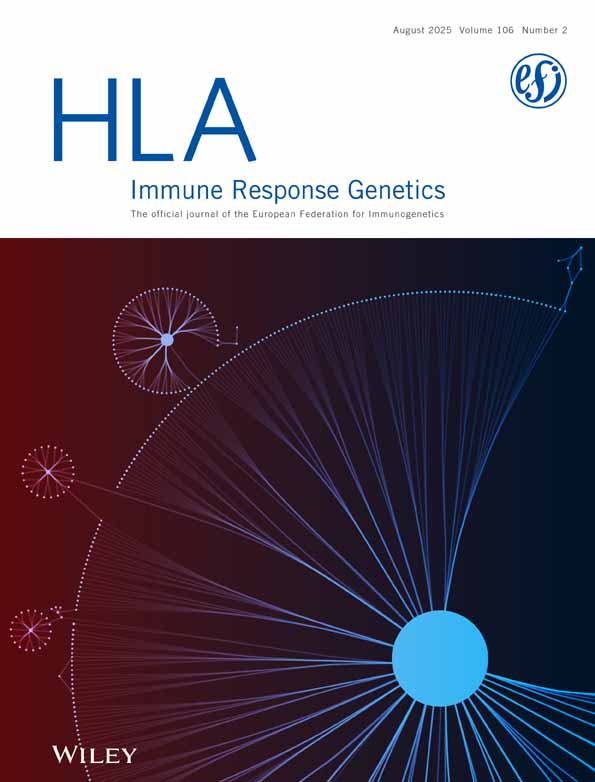Functional Cell Mediated Lympholysis: II. Genetics1,2
This work was supported by the Medical Research Service of the Veterans Administration.
Abbreviations used in this paper: MLC, Mixed Lymphocyte Culture; BD, bi-directional; PLT, Primed Lymphocyte Test; F-CML, Functional Cell Mediated Lympholysis; m, mitomycin treated; e, effector, RT, responder-target; and SE stimulator effector.
Abstract
The diminished response to secondary stimulation of human lymphocytes primed in bi-directional (BD) mixed lymphocyte culture (MLC) has been demonstrated to be due to cytotoxic destruction of the responder cells by the numerically superior allogeneic stimulating cell population. This phenomenon is called Functional Cell Mediated Lympholysis (F-CML). Matching for HLA-A and B, HLA-DR or for MLC non-responsiveness (HLA-D) in unrelated pairs does not ablate F-CML, indicating that none of these loci serve as the exclusive target for this activity. One locus appears to be centromeric from HLA-A in an A/B recombinant family and a B/D recombinant family demonstrates a target centromeric from HLA-B. A special family with homozygous for HLA-A, B and D provided evidence for an additional locus other than HLA-A, B or D. Thus, genetic studies indicate that at least one target antigen of F-CML may be coded for by a locus that is centromeric from HLA-B and which may be distinct from HLA-D or DR.




